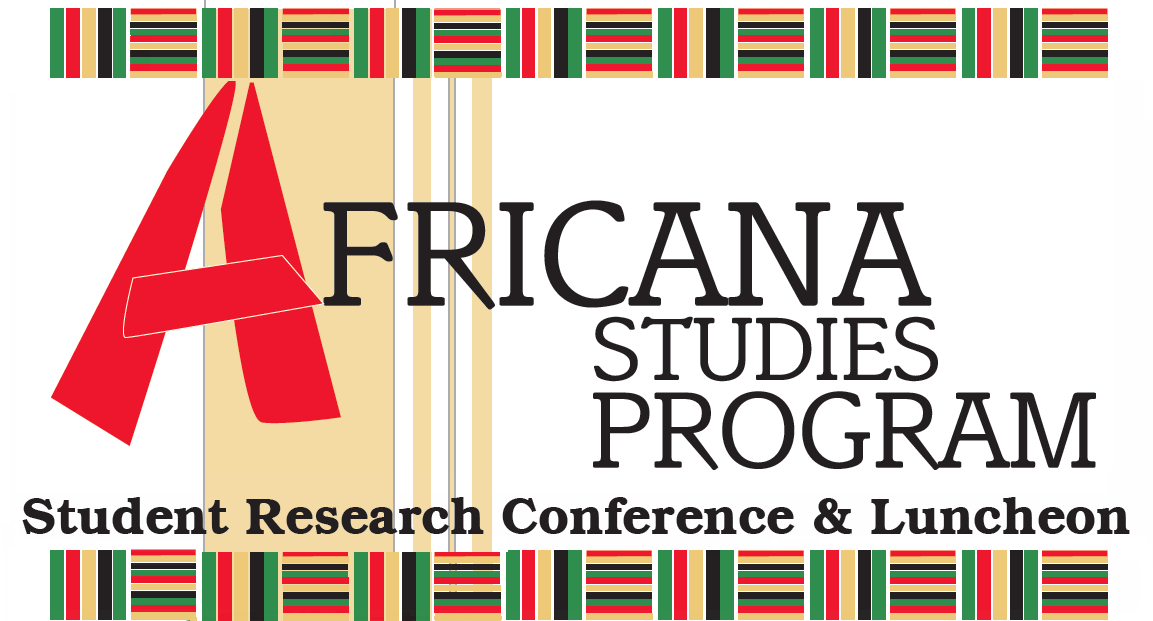Degree Program
Undergraduate
Major
Art History
Abstract
Renée Green, a combination artist, engages viewers in multi-faceted and diverse topics without directly addressing the central theme. In Partially Buried In Three Parts (1991-1996), Green utilizes films shot in a “home-movie” fashion and site-specific archiving to curate complex dialogues across three different locations: Kent State in 1991, exploring the shootings in 1970 and Robert Smithson’s installation, Partially Buried Woodshed; Germany and the United States and what it means to be a displaced national undergoing culture shock; and Korea, in war and peace. Green originally displayed all three in an installation designed to invoke feelings of nostalgia amidst confusion regarding its content. While the films are done in a “home-movie” fashion, the content itself is that of death, violence, peace, confusion, and more. In Out of Site (1990), she installs exhibition using the boiler room, staircase, and attic of a house to frame racial dialogues. As a student, Green elected to produce written work on “Afro-American” studies and carried it over into her art. Out of Site uses Green’s theme of archiving the site — which fills the space with a powerful emotive experience that relies on photographs, a telescope, and the multiple spaces — to create a dialogue surrounding cultural rather than racial disparities. Import/Export Funk Office (1992) uses Green’s archival skills to focus on the issues of translation regarding culture. Green employs videos, sound, prints, and sculptural work inside of a shelving unit that she’s positioned to resemble a library. Green uses the media contained within to focus on hip-hop culture and how it translates throughout the United States and Germany. In essence, the work of Renée Green addresses not racial or cultural roles, but rather the in-between and how the perception of those so-called “cultural disparities” becomes the definition of conflict rather than the content.
Start Date
24-2-2017 1:30 PM
End Date
24-2-2017 2:50 PM
Presentation on Green
Included in
Renee Green: Combination Artist
Renée Green, a combination artist, engages viewers in multi-faceted and diverse topics without directly addressing the central theme. In Partially Buried In Three Parts (1991-1996), Green utilizes films shot in a “home-movie” fashion and site-specific archiving to curate complex dialogues across three different locations: Kent State in 1991, exploring the shootings in 1970 and Robert Smithson’s installation, Partially Buried Woodshed; Germany and the United States and what it means to be a displaced national undergoing culture shock; and Korea, in war and peace. Green originally displayed all three in an installation designed to invoke feelings of nostalgia amidst confusion regarding its content. While the films are done in a “home-movie” fashion, the content itself is that of death, violence, peace, confusion, and more. In Out of Site (1990), she installs exhibition using the boiler room, staircase, and attic of a house to frame racial dialogues. As a student, Green elected to produce written work on “Afro-American” studies and carried it over into her art. Out of Site uses Green’s theme of archiving the site — which fills the space with a powerful emotive experience that relies on photographs, a telescope, and the multiple spaces — to create a dialogue surrounding cultural rather than racial disparities. Import/Export Funk Office (1992) uses Green’s archival skills to focus on the issues of translation regarding culture. Green employs videos, sound, prints, and sculptural work inside of a shelving unit that she’s positioned to resemble a library. Green uses the media contained within to focus on hip-hop culture and how it translates throughout the United States and Germany. In essence, the work of Renée Green addresses not racial or cultural roles, but rather the in-between and how the perception of those so-called “cultural disparities” becomes the definition of conflict rather than the content.


